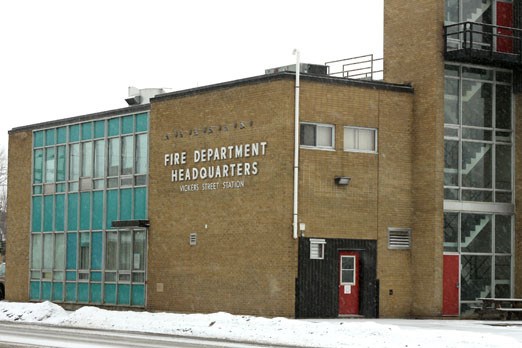THUNDER BAY - City council will be presented with an updated recommendation in the Strategic Master Fire Plan that would save the city more than $1 million annually and not impact the level of service.
The original plan prepared by Emergency Management and Training Inc. was presented to city council in August and included a recommendation to eliminate entry and control accountability positions but not eliminate staff in order to offset overtime costs.
Thunder Bay Fire Rescue chief Greg Hankkio said administration has developed an alternative recommendation that would see eight positions eliminated through attrition and operating cost savings of $3 million between 2021 and 2024 and $1.1 million annually.
“The important part to recognize here is what Thunder Bay Fire Rescue administration is trying to accomplish through the recommendation is to achieve significant cost savings but at the same time not having a negative impact on the level of service and making the operational changes through attrition,” he said.
Entry control and accountability refers to a role a firefighter takes at an incident scene and includes accounting for the location and the tasks of all firefighters, monitoring time spent on breathing apparatuses, and tracking all crew on the scene.
Currently, the role is assigned prior to the shift, but the new recommendation calls for eliminating that position and assign someone to the role at the scene.
“What we are recommending is through attrition, we eliminate the dedicated entry control and accountability position and the operational change will be when apparatus assigns on a fire scene, the incident commander will assign that function to a firefighter or a driver of a pumper,” Hankkio said. “We are working on the details of the operational change right now.”
Hankkio said all the same goals of the role will be met and there will no impact to the safety of firefighters or the public.
“It’s also important to recognize the other part we are suggesting, is we are going to increase our deployment to a possible structural fire where we will send an additional apparatus. We will have three more firefighters on a scene much quicker than we do now.”
According to Hankkio, with the elimination of the position, the fire service would see a reduction of eight full-time staff positions over the course of approximately three years through attrition.
“This is in no way to detract what they do,” he said. “It is to find more efficient ways to deliver service and the same level of service to the people of Thunder Bay.”
The Strategic Fire Master Plan also included options for realigning fire stations, including keeping the status quo, consolidating the Vickers and Water Street Stations to a central location and relocating several other smaller satellite stations.
Hankkio said moving two downtown core stations in the north and south to a centralized location would put more people at risk.
“Our preliminary analysis of the options presented suggests, to me, there is a risk associated with the three options that were presented,” he said.
“Moving fire stations from the north and south downtown cores, the data suggests those are high call volume areas and at risk areas. That is not a risk as fire chief at this time I’m willing to accept.”
Hankkio said he would like to see a full risk assessment for the municipality completed before any decisions are made on station realignment and he hopes council will choose to keep the status quo, with the alternative recommendation to eliminate the eight positions through attrition making up enough cost savings.
“What we are asking council to do is to allow us to operate as the way we are operating right now for the time being,” he said. “We have presented options to achieve some costs savings and maintain the level of service and we are able to take a comprehensive look at this and a further analysis and come back to council with a station location reanalysis in the future.”
City council will receive a report from administration on the implementation of the plan on Dec. 14.
